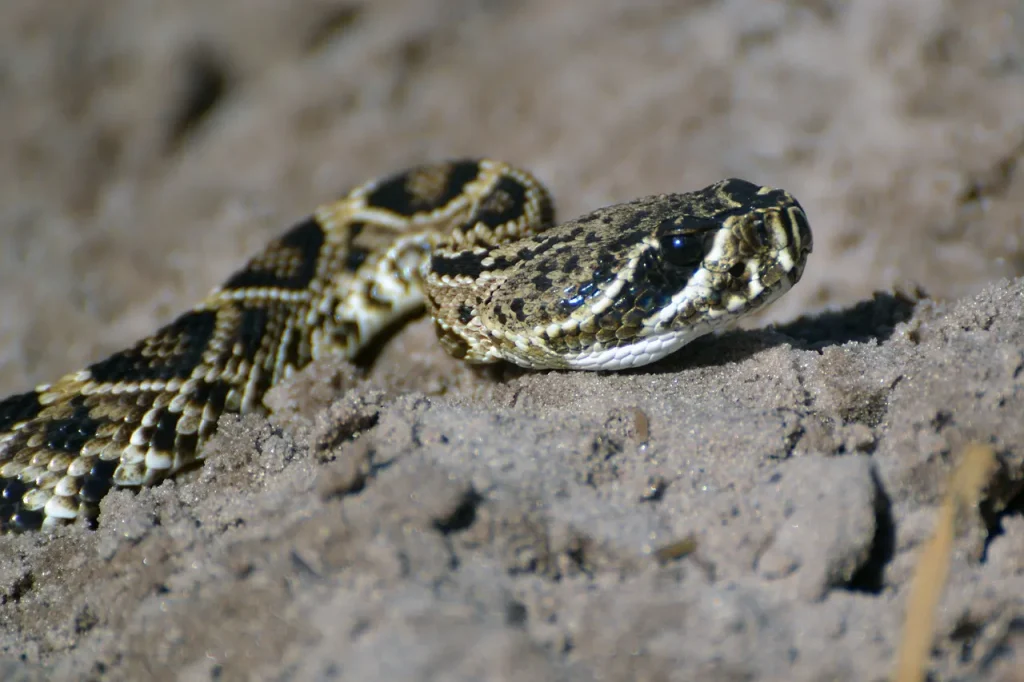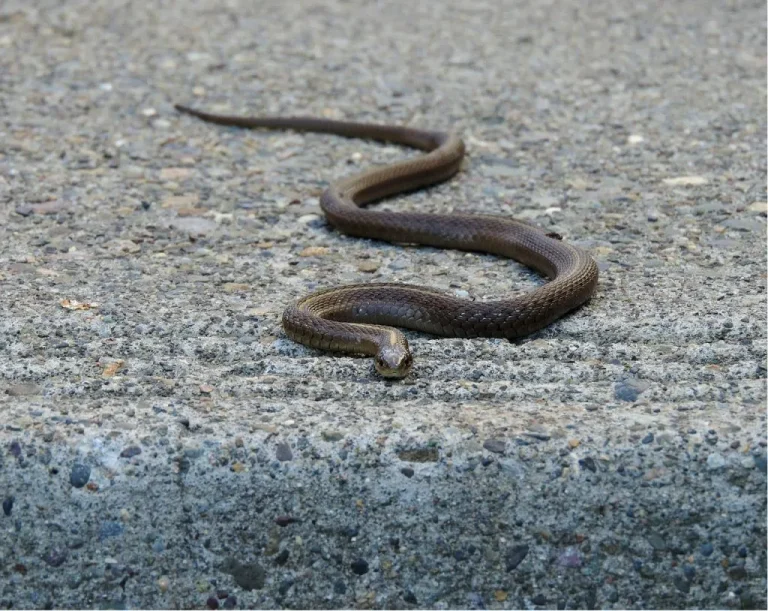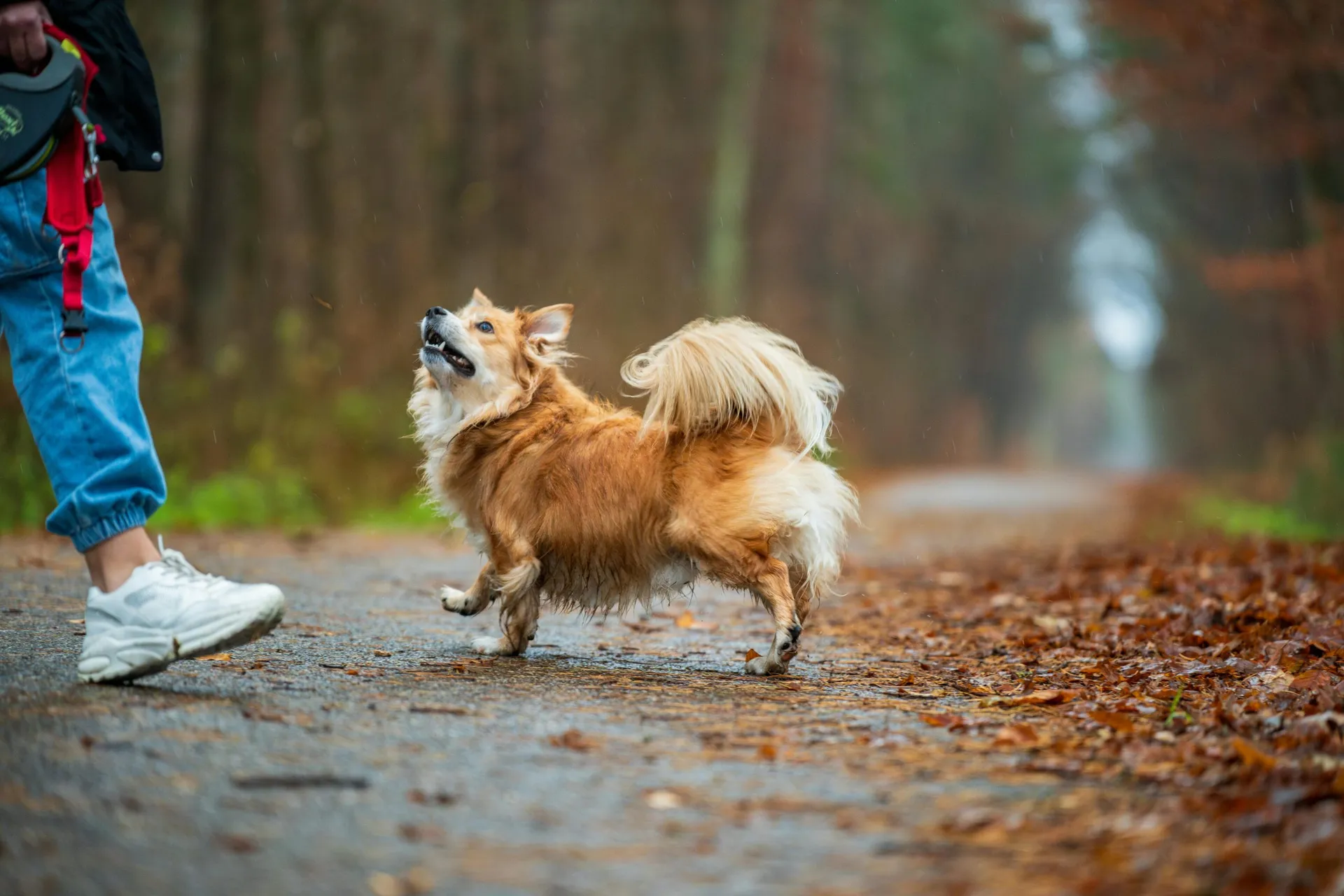Between April and October in North Carolina, the chances of encountering snakes are at their peak. Whether you’re walking your dog or letting them play in your yard, you may be worried about a run-in. While we hope your furry friend never experiences a snake bite, let’s cover preventative measures, signs, symptoms and treatment options you need to know.
How to Prevent Snake Bites on Dogs

Although North Carolina is home to many snakes, taking the right precautions can keep you and your dog safe.
- Avoid Snake-Prone Areas: Try to steer clear of tall grass, piles of leaves and other places where snakes hide.
- Limit Outdoor Time at Dawn and Dusk: Snakes are most active during these times. If you must take your dog out, try to stick to sidewalks or short grass.
- Keep Your Yard Clean: Remove debris, keep grass short and monitor your dog’s activity to minimize risks.
There’s no need to live a life worried about your pet’s safety. If an emergency ever strikes, Peak Paws Advanced Veterinary Hospital is ready to help 24/7/365.
Signs and Symptoms of Snake Bites on Dogs
A common sign a snake bite has occurred is if your dog suddenly jumps back, yelps or cries out seemingly without warning. Spotting a snake bite on your dog can be challenging, especially on thick-furred breeds. Bite marks may be subtle, showing only faint punctures and a small amount of reddish fluid. Additionally, since snake bites are painful, your dog might resist being examined or touched near the affected area. Bites typically occur on the face or front paws, but they can happen anywhere; the closer the bite is to the heart, the more dangerous it can be.
Symptoms of snake bites usually appear within 10-20 minutes but can develop up to 24 hours later. The most common signs are swelling, pain and bruising at the site of the bite, with swelling possibly extending from the site significantly. Other signs may include:
- Lethargy
- Bleeding from the bite site or other areas of the body
- Weakness or wobbliness
- Vomiting and/or diarrhea
- Collapsing
Common Types of Snake Bites on Dogs
Venomous Snake Bites

Only some snakes in North Carolina are venomous. Certain ones can immediately affect your pet, while others may have slow-acting venom. In any case, it’s imperative to act quickly and seek emergency care for these bites.
Here’s a ranking of our venomous snakes from least to most dangerous:
- Copperheads: These snakes are the most common venomous species in the area. Though not aggressive, they will defend their space. Copperhead bites cause tissue destruction, extreme pain and other serious side effects.
- Pigmy Rattlesnake: The smallest rattlesnake in North America is found in our coastal plains and sandhills. Their venom is milder compared to our other two rattlesnake variants but is still dangerous.
- Timber Rattlesnake: Common in our forests and swamps, timber rattlesnakes can deliver venom that causes significant harm.
- Water Moccasins: Typically found near our bodies of water, these snakes are shy but deliver potent venom when they bite. While bites are rare, they are very dangerous.
- Eastern Diamondback Rattlesnakes: Native to our forests and rocky areas, their bites are among the most deadly and require immediate attention.
- Coral Snakes: Located in the southeasternmost tip of NC, coral snakes have the most powerful venom of all local species. Thankfully, bites are very rare.
Non-Venomous Snake Bites

Most snakes in North Carolina are non-venomous and unlikely to bite your dog unless threatened. However, even non-venomous bites can be painful and lead to soreness, irritation and minor infections. It’s still important to get your dog urgent care in these cases.
- Garter Snakes: Common in areas with ample ground cover.
- Rat Snakes: Often found in environments with lots of cover like logs or leaves.
- Bull Snakes: These typically live in sandy or rocky areas.
Immediate Actions to Take for Snake Bites
If your dog is bitten by a snake, it’s important to stay calm and focus on what can help them. The odds are in their favor if you do the following:
- Identify the snake (if it’s safe to): Try to take a photo of the snake from a distance to assist your vet in identifying it. Never put yourself at risk by trying to approach or capture the snake.
- Limit movement: Keeping your dog as still as possible can slow the spread of venom.
- Keep the bite site below heart level: If possible, this can help reduce the venom’s spread to vital organs.
There are no over-the-counter medications approved for snake bites on dogs, so it’s critical to get to a veterinarian ASAP.
Seek Professional Treatment Immediately for Snake Bites on Dogs
Snake bites are one of the most common dog emergencies, and only a professional veterinarian is equipped to handle them. We recommend that your dog be seen immediately if you suspect they were bitten by a snake, as prompt, appropriate care can prevent bigger problems. If at all possible, call ahead so our veterinary team can be prepared for your arrival.
Call Our Emergency Line Now Get DirectionsYour veterinarian will examine your dog, determine the type of bite that occurred and go over treatment options. Depending on your pet’s signs, we can clean and clip the wound, give injections of pain medications and/or antibiotics, perform bloodwork and recommend either outpatient or hospitalization treatments with anti-venom.


